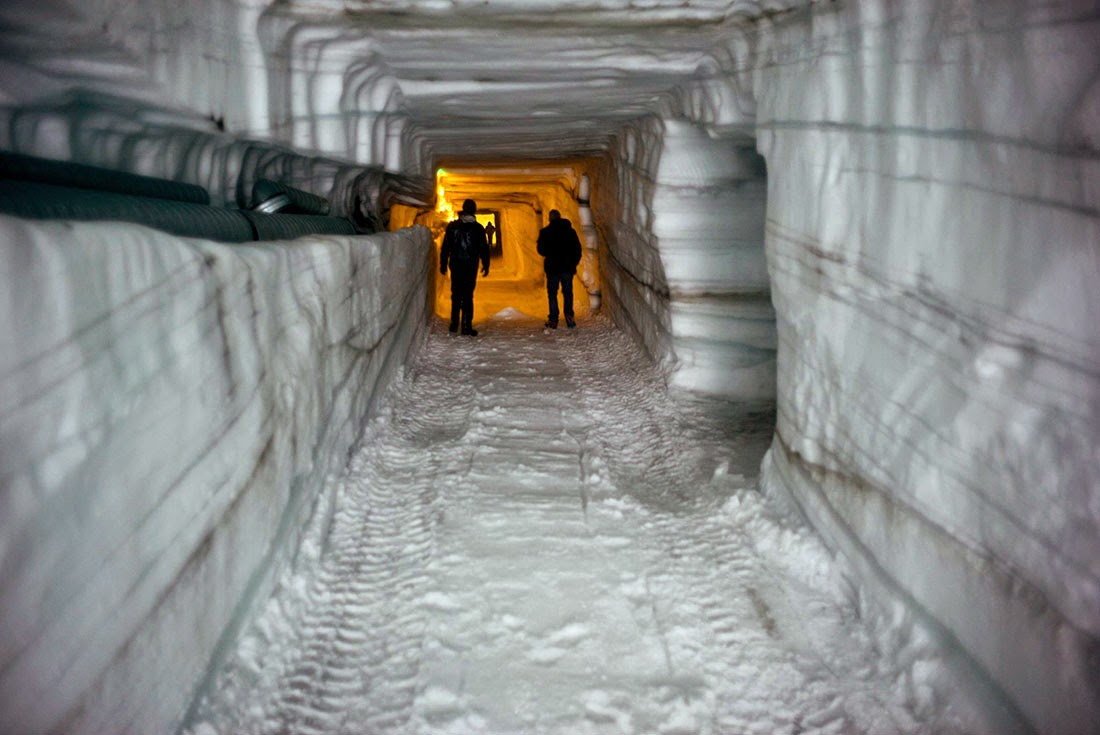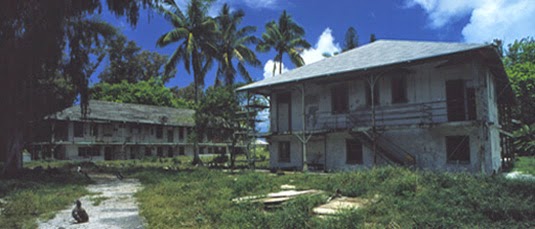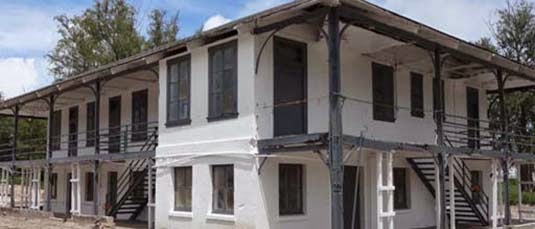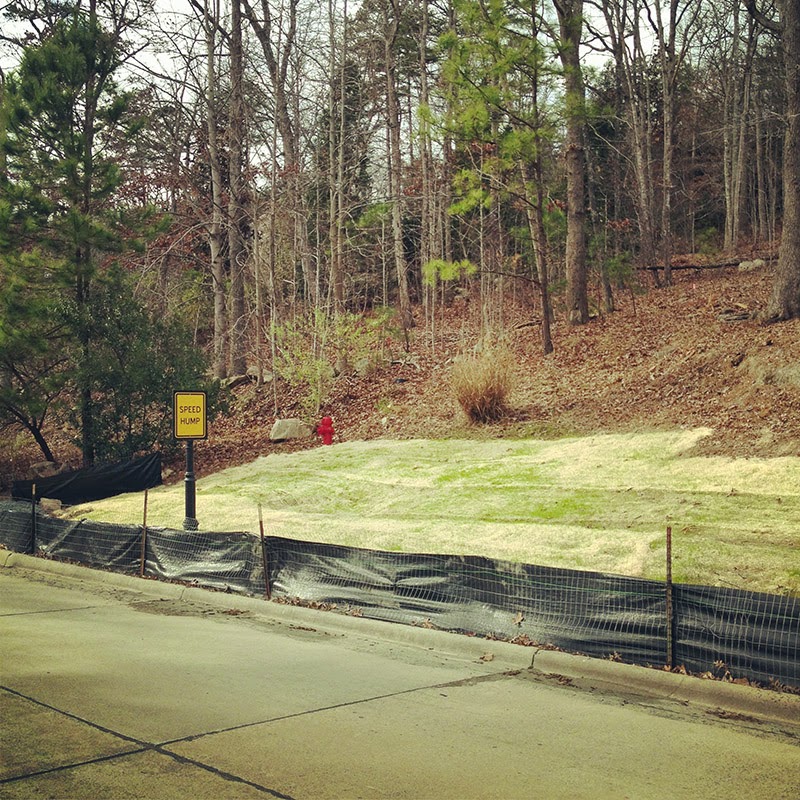 [Image: A “wooden textile” by Elisa Strozyk].
[Image: A “wooden textile” by Elisa Strozyk].
You’ve undoubtedly already seen these, but the “wooden textiles” by designer Elisa Strozyk are a beautiful and surprisingly simple rethinking of the idea of a textile—and they have some interesting implications for terrain modeling and even gaming.
First, though, what are these things?
 [Image: A “wooden textile” by Elisa Strozyk].
[Image: A “wooden textile” by Elisa Strozyk].
Strozyk writes that she wanted to find “a new tactile experience” for wood, which she achieved by producing wooden tiles that “are then attached to a textile base. Depending on the geometry and size of the tiles each design shows a different behavior regarding flexibility and mobility.”
 [Image: A “wooden textile” by Elisa Strozyk].
[Image: A “wooden textile” by Elisa Strozyk].
These “different behaviors” can be seen in the following images, where the shape and size of the tiling system dictates the types of ridges and forms that result; while this is obviously interesting from a material standpoint, thinking of these as landscape-modeling exercises lends them a fascinating terrestrial applicability in representing different topographies.

 [Images: A “wooden textile” by Elisa Strozyk].
[Images: A “wooden textile” by Elisa Strozyk].
In other words, you start with what appears to be a carpet, but very soon thereafter, with just a few adjustments, you have a mountain range, a moor, a midocean ridge, a series of rolling hillsides. It’s tectonics at work, from a flat plane to a folded landscape, like a storm pulsing through the world from below.


 [Images: A “wooden textile” by Elisa Strozyk].
[Images: A “wooden textile” by Elisa Strozyk].
As Strozyk points out, “there are various possible applications, for example as floorings, curtains, drapes, plaids, upholstery or parts of furniture.”
Her site thus shows these atop beds, on floors, and spread across other objects.
 [Image: A “wooden textile” by Elisa Strozyk].
[Image: A “wooden textile” by Elisa Strozyk].
But I can’t help but wonder what you could do with this in very different contexts: in a student landscape design project, for example, or even as an Arduino-actuated, live-action game board, something tweaked, ridged, and uplifted to form the polygonal backdrop of a new strategy game.
Consider all of the recent excitement over Earth Primer, for example. “Like a deity in training,” Wired effuses, “you can sculpt mountains, summon rain storms, and move tectonic plates with your fingertips. It’s a novel way to learn about our planet, certainly. But it’s also an inspiring design experiment, and a reminder that interactive media is a young and undeveloped world itself.”
Something at least as conceptually exciting, yet more tactile and physically immersive, could also be achieved using Strozyk’s wooden textiles—even if only as a somewhat expensive luxury item, sure, but the possibilities for developing a textile-based deformable game board, either for personal entertainment or for in-class pedagogy, is a pretty wild thing to think about.
 [Image: A “wooden textile” by Elisa Strozyk].
[Image: A “wooden textile” by Elisa Strozyk].
Imagine teaching kids geology using intricately woven, planet-modeling blankets, or producing a landscape-intensive strategy game that can be warped in real-time using semi-solid, geometrically complex textiles.
The result would be far from an aesthetic outlier.
 [Image: A “low-poly” landscape by Timothy Reynolds created for Amplify].
[Image: A “low-poly” landscape by Timothy Reynolds created for Amplify].
In a virtuoso history of landscape art, from Modern painters such as Claude Monet and Paul Cézanne to today’s digital polygons, Tim Schneider suggested that artists such as Timothy Reynolds have been experimenting with so-called “low-poly” landscapes as a way of deliberately foregrounding the possibilities (and limits) of the digital medium.
“The sharp edges, vivid colors, and obviously geometric modeling put the polygon itself on view,” Schneider writes, and this is done on purpose, “despite the fact that more traditionally realistic visual styles are available.”
Indeed, low-poly art such as Reynolds’s has “highlighted colorful lighting, sharp edges, and the geometric re-interpretation of organic forms as particular draws of the aesthetic. Each of these was [also] explored by more than one icon of early Modern artwork en route to their positions in the canon, and in some cases, their status as present-day household names.”

 [Images: A “low-poly” landscape by Timothy Reynolds created for Amplify].
[Images: A “low-poly” landscape by Timothy Reynolds created for Amplify].
This has never been an easy career path. “While the academies viewed these unrepentant stylizations as naive, childlike, or simply vulgar,” Schneider reminds us, “Modern artists recognized the possibilities in this new brand of visual honesty.”
 [Image: A “low-poly” landscape by Timothy Reynolds].
[Image: A “low-poly” landscape by Timothy Reynolds].
“Counterintuitively,” he adds, “what they realized was that individual expression held more power to connect with an audience than fidelity.”


 [Images: A “wooden textile” by Elisa Strozyk].
[Images: A “wooden textile” by Elisa Strozyk].
In any case, Schneider’s 3-part essay can be read in its entirety if you click these three links, but my own over-riding interest here remains with the potentially half-digital, half-analog nature of Elisa Strozyk’s wooden textiles, wondering how they—or objects like them—might potentially be used as platforms for narrative content.


 [Image: Courtesy
[Image: Courtesy 
 [Image: Jasper National Park, courtesy of
[Image: Jasper National Park, courtesy of  [Image: Jasper National Park, courtesy of
[Image: Jasper National Park, courtesy of  [Image: Jasper National Park, courtesy of
[Image: Jasper National Park, courtesy of 
 [Image: A drone from
[Image: A drone from  [Image: A drone from
[Image: A drone from  [Image: A drone from
[Image: A drone from 
 [Image: From “
[Image: From “ [Image: From “
[Image: From “ [Image: From “
[Image: From “ [Image: From “
[Image: From “ [Image: From “
[Image: From “ [Image: From “
[Image: From “ [Image: From “
[Image: From “
 [Photo: “
[Photo: “ [Photo: “
[Photo: “ [Photo: “
[Photo: “
 [Image: From “
[Image: From “ [Image: From “
[Image: From “ [Image: From “
[Image: From “ [Image: From “
[Image: From “ [Image: From “
[Image: From “ [Image: From “
[Image: From “ [Image: From “
[Image: From “

 [Images: From “
[Images: From “
 [Images: From “
[Images: From “ [Image: From “
[Image: From “
 [Image: Photographer unknown, via
[Image: Photographer unknown, via 
 [Image: Courtesy of
[Image: Courtesy of  [Image: Courtesy of
[Image: Courtesy of  [Image: Courtesy of
[Image: Courtesy of  [Image: Courtesy of
[Image: Courtesy of  [Image: Courtesy of
[Image: Courtesy of 
 [Images: Courtesy of
[Images: Courtesy of  [Image: Courtesy of
[Image: Courtesy of 
 [Images: Camp Century under construction; photographs via
[Images: Camp Century under construction; photographs via 
 [Image: Artist’s rendering of a GPS satellite, via Wikipedia].
[Image: Artist’s rendering of a GPS satellite, via Wikipedia]. [Image: Transferring control over the GPS constellation. Photo courtesy U.S. Air Force/no photographer given].
[Image: Transferring control over the GPS constellation. Photo courtesy U.S. Air Force/no photographer given]. [Image: A “Master of Space” badge from Schriever Air Force Base].
[Image: A “Master of Space” badge from Schriever Air Force Base]. [Image: The Millau Viaduct, courtesy of
[Image: The Millau Viaduct, courtesy of  [Image: The Millau Viaduct, courtesy of
[Image: The Millau Viaduct, courtesy of 
 [Image: Via the
[Image: Via the  [Image: Via the
[Image: Via the  [Image: Via the
[Image: Via the  [Image: The introduced forestry of Ascension Island, via Google Maps].
[Image: The introduced forestry of Ascension Island, via Google Maps]. [Image: A suburban landscape being rolled out into the forest like carpet; photo by
[Image: A suburban landscape being rolled out into the forest like carpet; photo by